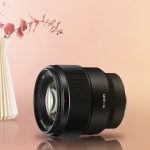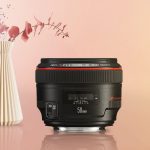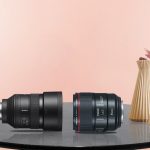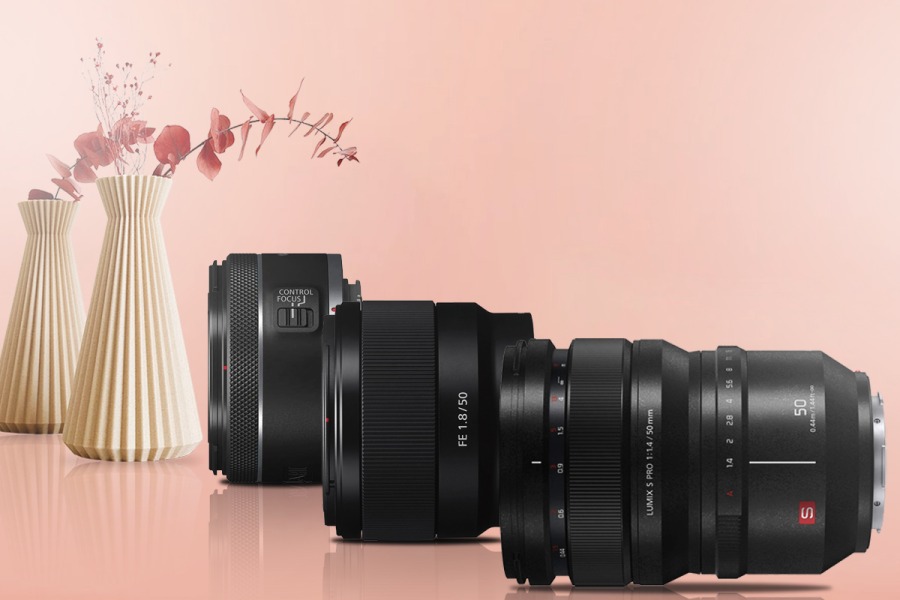
Over the years, portrait photographers have favored the 50mm lenses. With a fast speed and a wide aperture, this type of lens become a crowd favorite. It’s no surprise that it’s called “nifty fifty.”
The focal range, which is both versatile and standard, has to be my favorite feature of this type of lens.
It is the only focal range that matches the human eye meaning that pictures will look almost the same as we see them. For additional information, feel free to read my blog on why you look bad in photos.
Anyway, in today’s article, I have rounded up what I think are the best 50mm lenses.
A Quick Look at My Favorite 50mm Lenses
| Image | Product | Features | Price |
|---|---|---|---|
Best From Fujifilm  | 10 | Check Price On Amazon | |
Best From Panasonic  | 8.6 | Check Price On Amazon | |
Best From Sony  | 8.5 | Check Price On Amazon | |
Best From Canon  | 8.8 | Check Price On Amazon | |
Best Nikon  | 8.6 | Check Price On Amazon |
Key Takeaways
- Due to their adaptability and incredible focal ranges, the 50mm lenses have won the hearts of many photographers.
- The Sony FE 50mm F1.8, one of the most incredible 50mm lenses available, is your choice if you have a Sony camera.
- It would be impossible to discuss the top 50mm lenses without including the Nikon Nikkor Z 50mm f/1.8 S, which has an excellent focal range and is incredibly crisp.
- Before buying a lens for your camera, you should focus on two factors: focal length and aperture.
Top 5 Best 50mm Lenses
5. Fujinon XF50mmF2 R WR – Best From Fujifilm
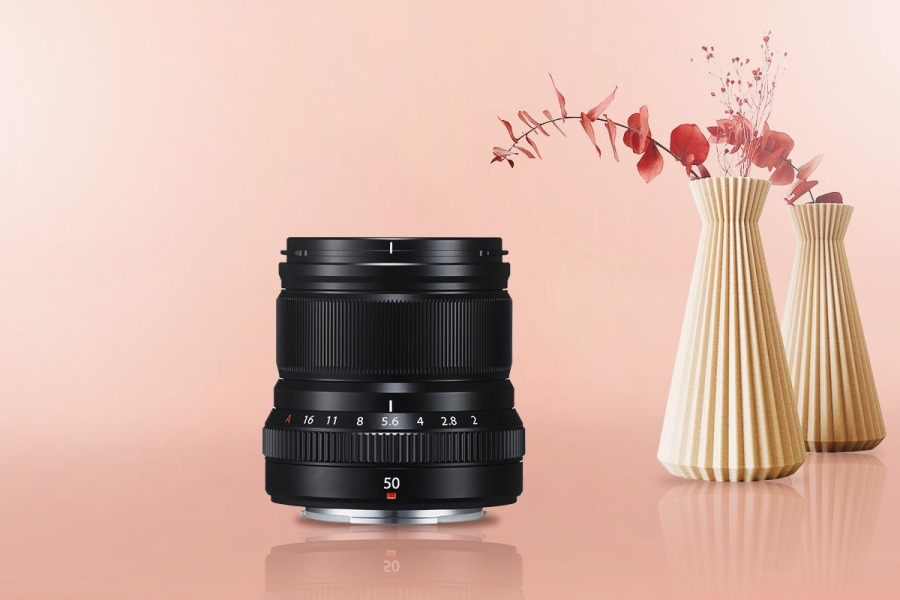
What I Like
- Very sharp
- Compact
- No distortion
- Strong illumination
- Dust and splash protection
What I Don’t Like
- Limited close focus
The first lens on the list is a 50mm lens that will please Fujifilm users. Yes, it is staring right at you Fujifilm X-T4 users.
I’ll be the first to confess that this lens does not look good and interesting on paper. A 50mm f2 lens?
However, that is only on paper; in practice, it is a splendid performer.
The WR lenses are made to be compact, fast, and long-lasting. This type of portable lens must also be simple to use and carry.
This lens not only works well ergonomically, but it also produces excellent pictures. At f2, details are razor-sharp, and they improve slightly until around f5.6.
This lens will serve you well in low-light shooting without a flash because Fuji emphasizes wide-open image quality in this lens.
It has no buttons on the lens barrel, so it isn’t complicated to use. Overall, if you’re a Fujifilm user, this is a fantastic lens to consider.
Key Specifications
- Lens Type: Standard
- Lens Mount: FUJIFILM X
- Focal length: 50mm
- Elements: 9
- Groups: 7
- Angle of view: 31.7°
- Diaphragm Blades: 9
- Minimum focus distance: 1.28′ / 39 cm
- Maximum magnification ratio: 0.15x
- Maximum aperture: f/2
- Minimum aperture: f/16
- Filter size: 46mm
- Dimensions: 2.36 x 2.34 inches / 60 x 59.4 mm
- Weight: 7.05 oz / 200 g
Sample Pictures of Fujinon XF50mmF2 R WR



4. Panasonic LUMIX S PRO 50mm F1.4 – Best From Panasonic
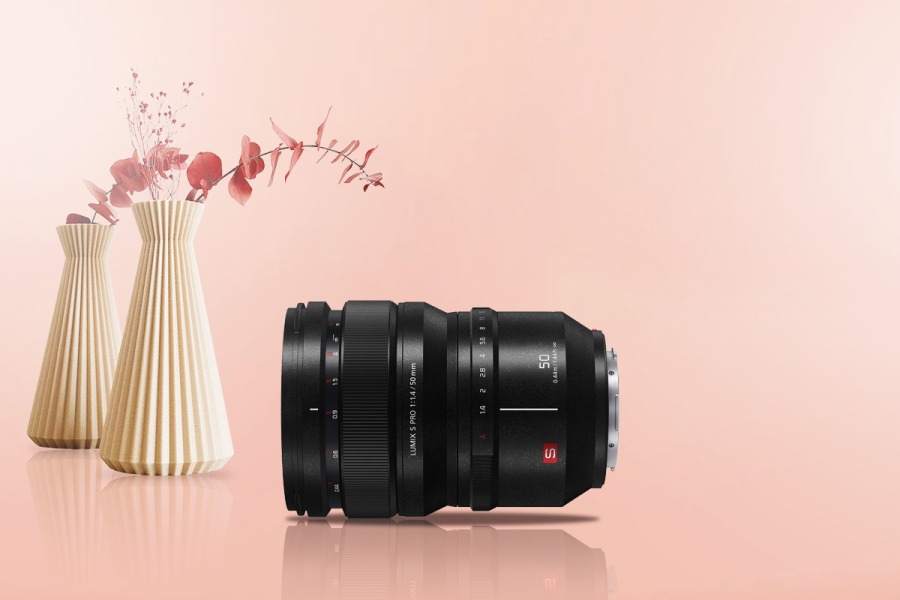
What I Like
- Sharp
- Minimal distortion
- Dust and splash protection
- Bright aperture
What I Don’t Like
- Pricey
- No fluorine coat
Be it a Lumix Camera or even a Leica, this lens from Panasonic is here to furnish.
However, right off the bat, I will warn you of the big obstacle it has, that’s none other than its painful price.
Yes, the 50 mm is weighty, but that’s Panasonic’s way of letting us know it means business. Also, the photos it produces are vibrant and sharp. Even in low light, it focuses quickly. When shooting portraits with the SL 2 face detection, the eyes are in focus and clear.
Although the price and weight may discourage you, the optics are perfect. Sharp as a razor, no CA at all, and no breathing for video. At this price point, it’s just a terrific lens with no equivalent.
If you can bypass the price, there is no need for second thoughts.
Key Specifications
- Lens Type: Standard
- Lens Mount: Leica L
- Focal length: 50mm
- Elements: 13
- Groups: 11
- Angle of view: 47°
- Diaphragm Blades: 11
- Minimum focus distance: 1.44′ / 44 cm
- Maximum magnification ratio: 0.15x
- Maximum aperture: f/1.4
- Minimum aperture: f/16
- Filter size: 77mm
- Dimensions: 3.54 x 5.12 inches / 90 x 130 mm
- Weight: Weight 2.1 lb / 955 g
Why should you buy it?
This one is Panasonic’s baby, which means, this lens is the signature of the well-known company and that should tell you a lot.
Sample Pictures of Panasonic LUMIX S PRO 50mm F1.4
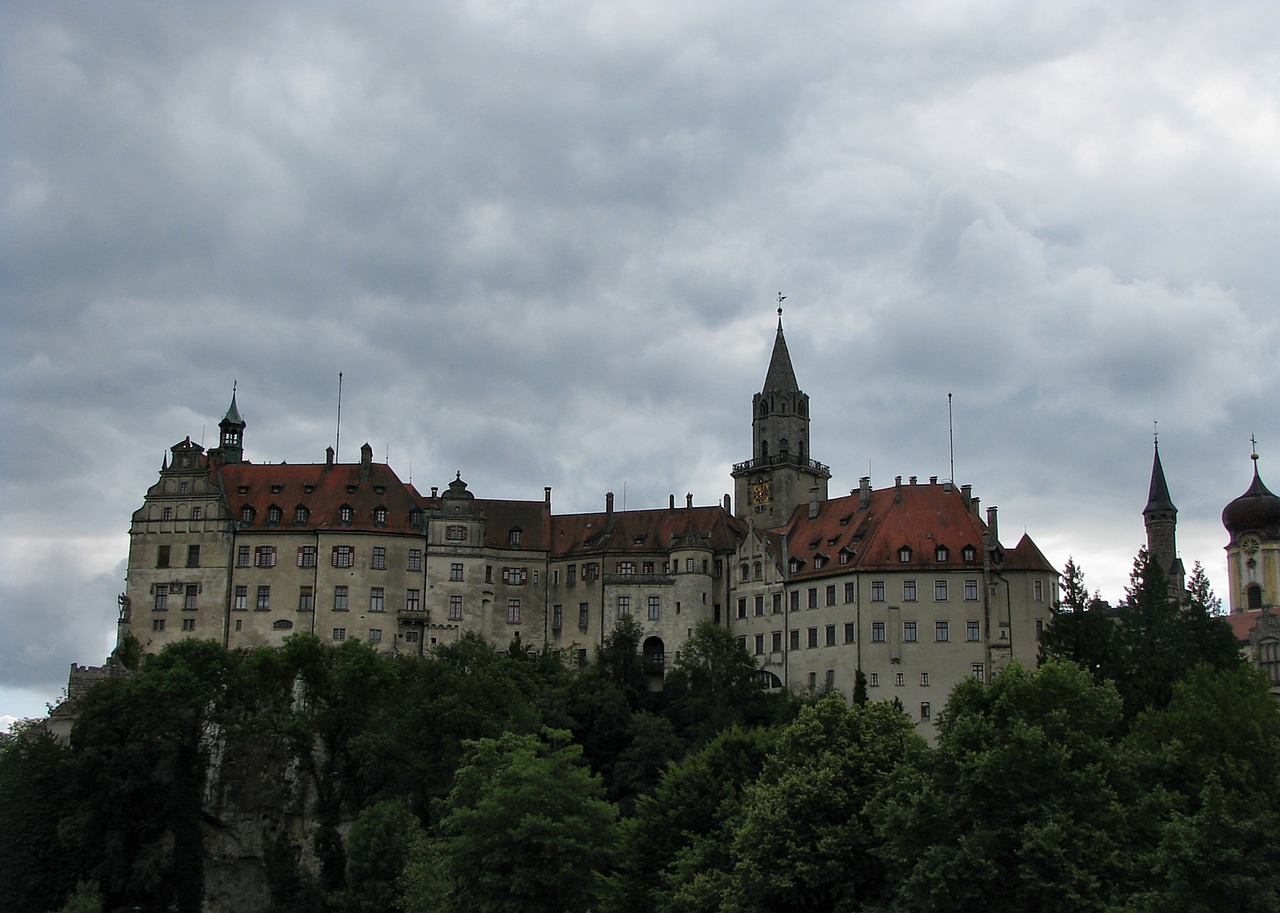

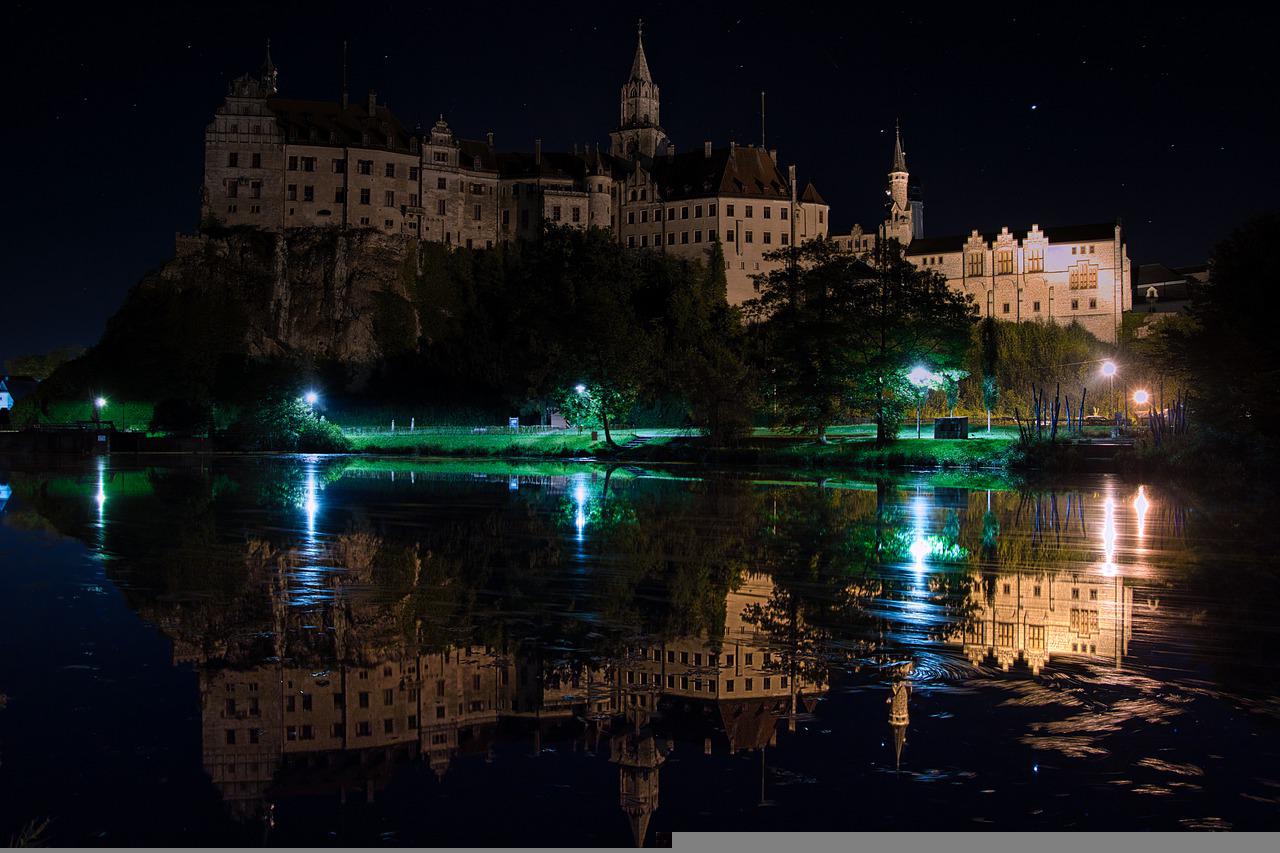
3. Sony FE 50mm F1.8 – Best From Sony
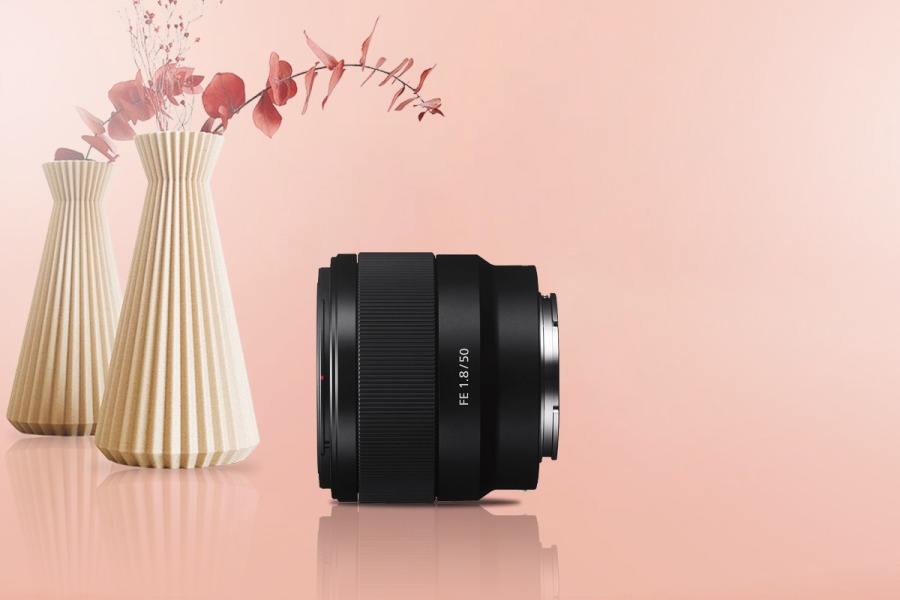
What I Like
- Sturdy built
- Lightweight
- Compact
- Minimal distortion
- Crisp from edge to edge
What I Don’t Like
- Omits optical stabilization
- Slow focus
If you are a proud owner of a Sony camera, let’s say for example the great Sony A7 III, then this lens is for you.
The price-to-performance ratio of this lens is just outstanding, which is surprising coming from Sony, a manufacturer that is known for its high prices.
There are no buttons or controls on the lens itself. It is made of plastic, however, this is not considered a drawback because plastic has a low weight and is very easy to transport.
A full-frame mirrorless camera with such a lens is essential.
When compared to some of his more expensive competitors, such as the Panasonic lens shown above, this one offers excellent value.
What I like about this lens is its autofocus and manual focus capabilities and also the great low-light performance.
But yeah, no doubt that I love its the price the most.
Key Specifications
- Lens Type: Standard
- Lens Mount: Sony E
- Focal length: 50mm
- Elements: 6
- Groups: 5
- Angle of view: 47°
- Diaphragm Blades: 7
- Minimum focus distance: 1.48′ / 45 cm
- Maximum magnification ratio: 0.14x
- Maximum aperture: f/1.8
- Minimum aperture: f/22
- Filter size: 49 mm
- Dimensions: 2.7 x 2.34″ / 68.6 x 59.5 mm
- Weight: 6.56 oz / 186 g
- Auto & Manual Focus
Why should you buy it?
You can never say no to a Sony product, especially when the best lens from Sony is in question.
Sample Pictures of Sony FE 50mm F1.8


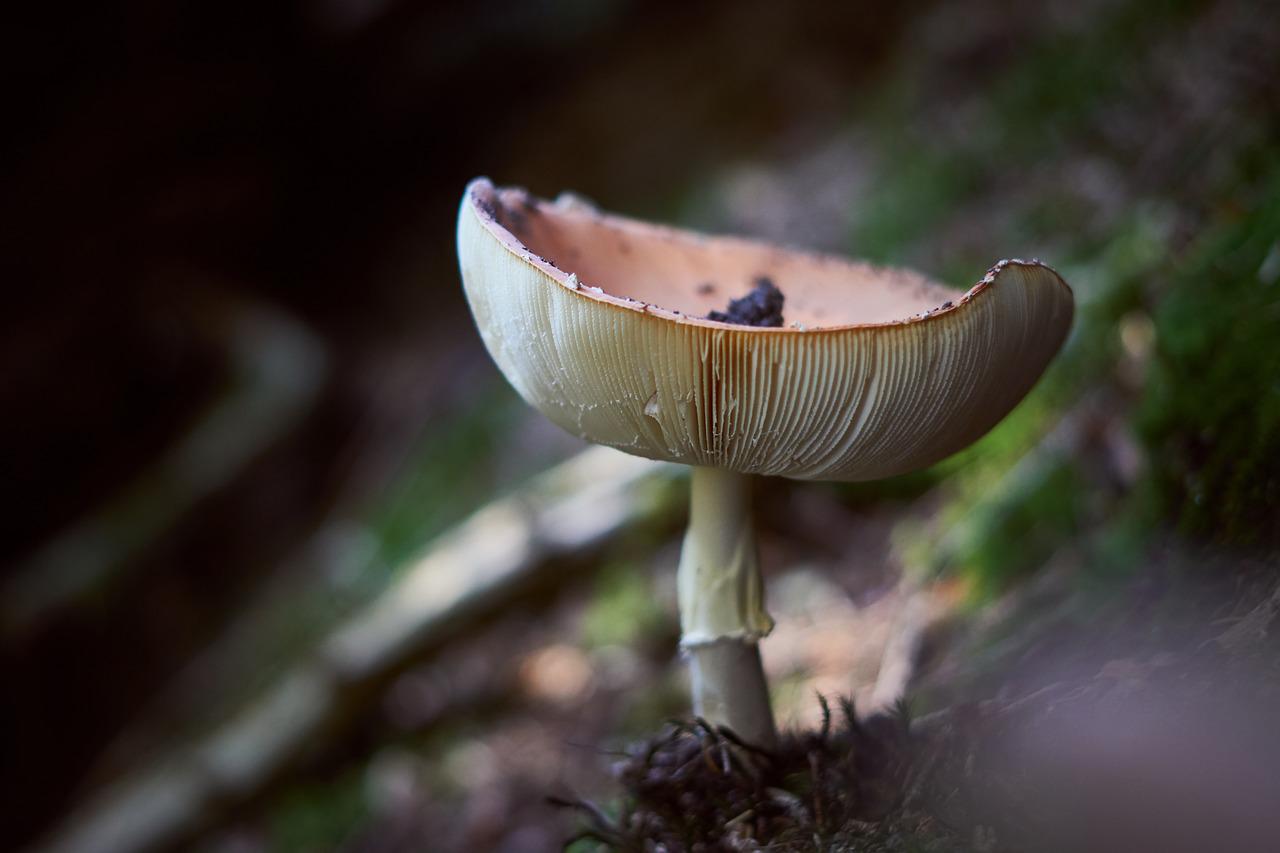
2. Canon RF 50mm F1.8 STM – Best From Canon
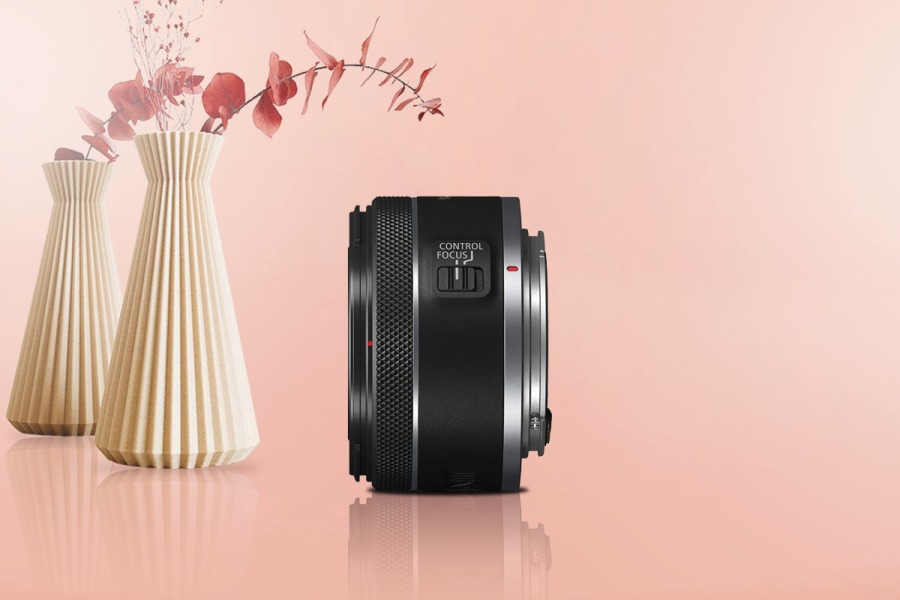
What I Like
- Lightweight
- Very sharp
- Bright F1.8 optics
- 1:4 macro reproduction
What I Don’t Like
- Visible focus breathing
Second, on the list, is a prominent lens from Canon elbows through the crowd. It would be a joy to use this one on your Canon EOS R.
It checks pretty much every box you can think of, and it’s compact, light, and close-focusing.
The Canon RF 50mm f/1.8 STM is a sophisticated normal-length prime lens with a traditional, versatile field of view and a compact form factor that pays in portability.
This canon lens is great for every day, walkaround photography.
This 50mm f/1.8 lens is recognized for its brilliant design for photography in low light and a good depth of field.
The bokeh is lovely, and the overall image quality is sharp. The autofocus is a little noisy, but if you won’t be shooting anything that has to do with animals or things that are prone to noise, it won’t be an issue.
I’m not sure what else to say besides that at the price it comes with, it delivers. If you own a canon camera, then this is probably the best 50mm lens for it.
Key Specifications
- Lens Type: Standard
- Lens Mount: Canon RF
- Focal length: 50mm
- Elements: 6
- Groups: 5
- Angle of view: 46°
- Diaphragm Blades: 7
- Minimum focus distance: 11.8″ / 30 cm
- Maximum magnification ratio: 0.25x
- Maximum aperture: f/1.8
- Minimum aperture: f/22
- Filter size: 43 mm
- Dimensions: 2.7 x 1.6″ / 69 x 40 mm
- Weight: 5.6 oz / 160 g
Why should you buy it?
With this camera the bokeh is lovely, and the overall image quality is sharp.
Sample Pictures of Canon RF 50mm F1.8 STM
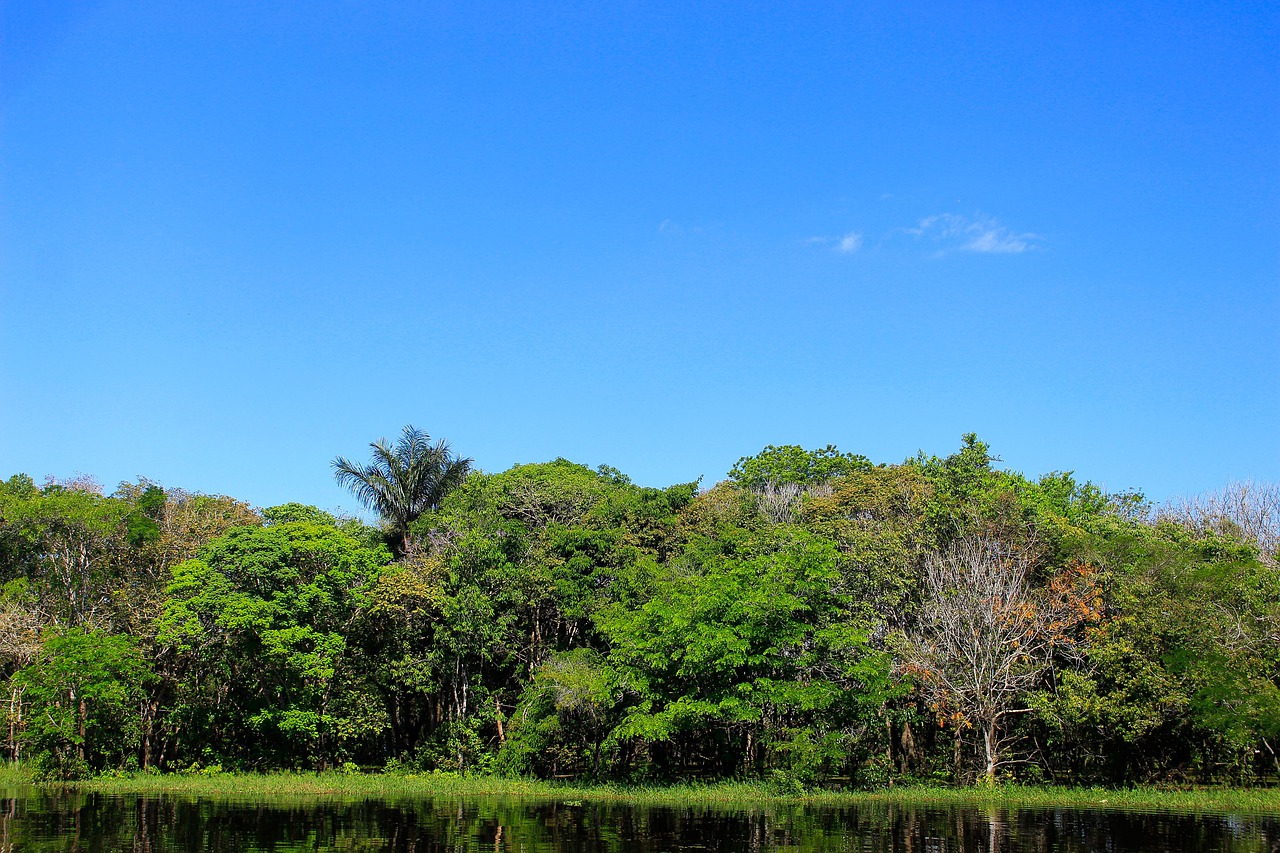
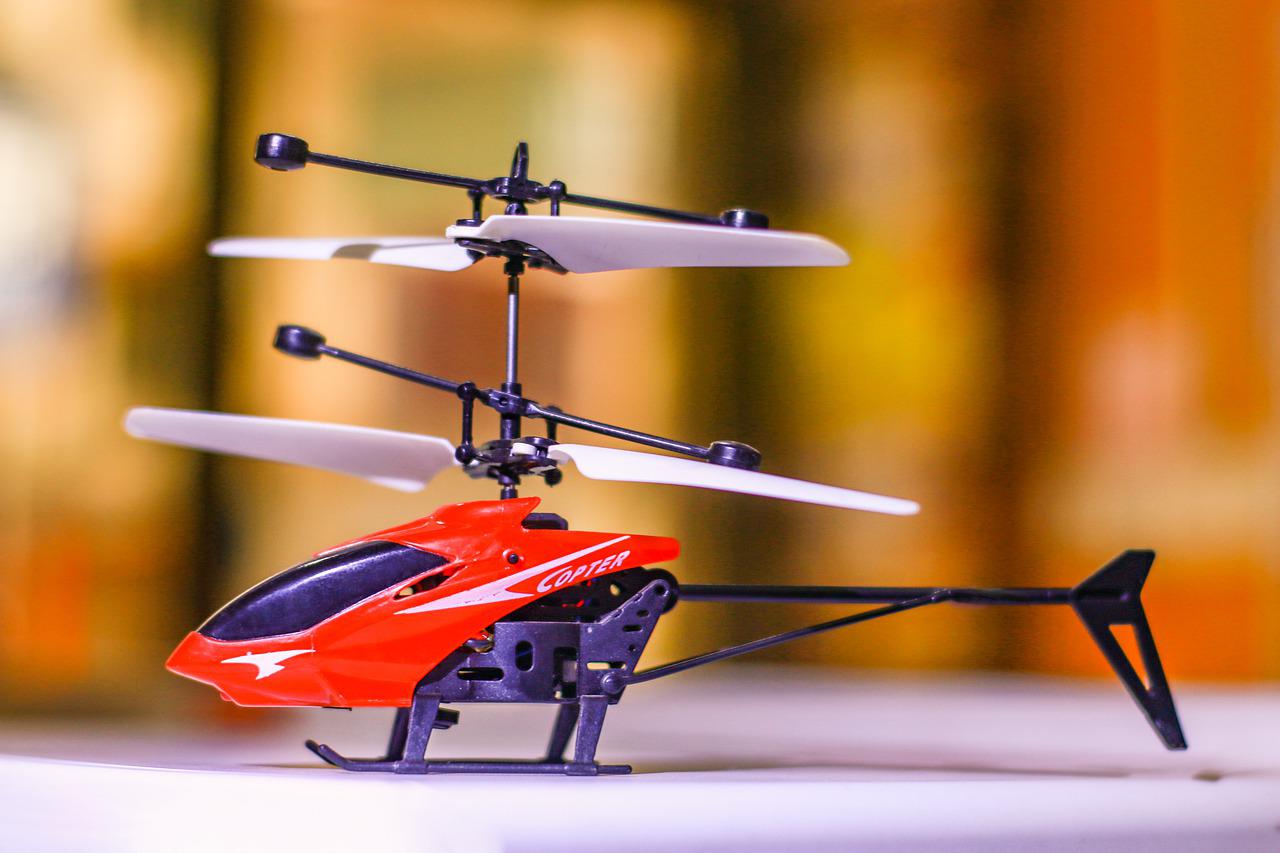
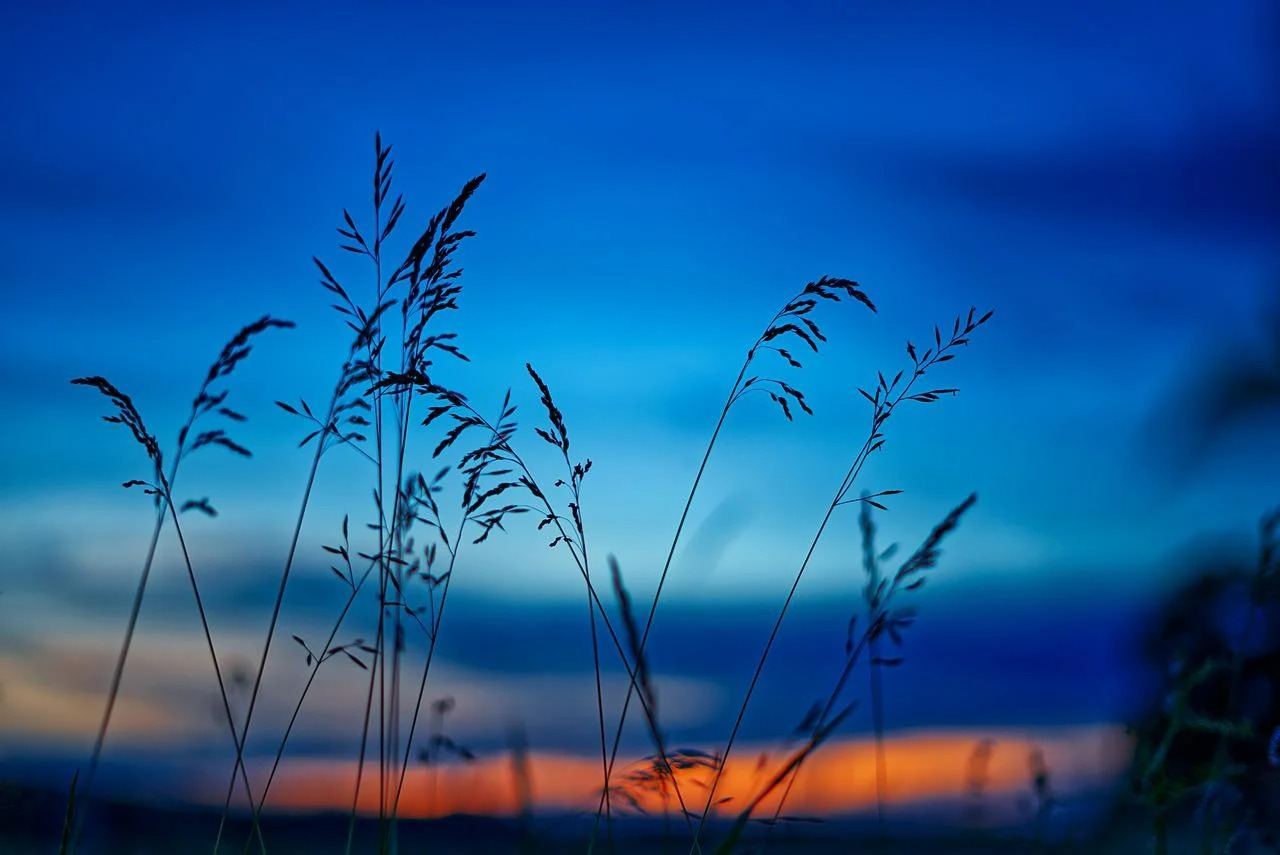
1. Nikon Nikkor Z 50mm f/1.8 S – Best Nikon
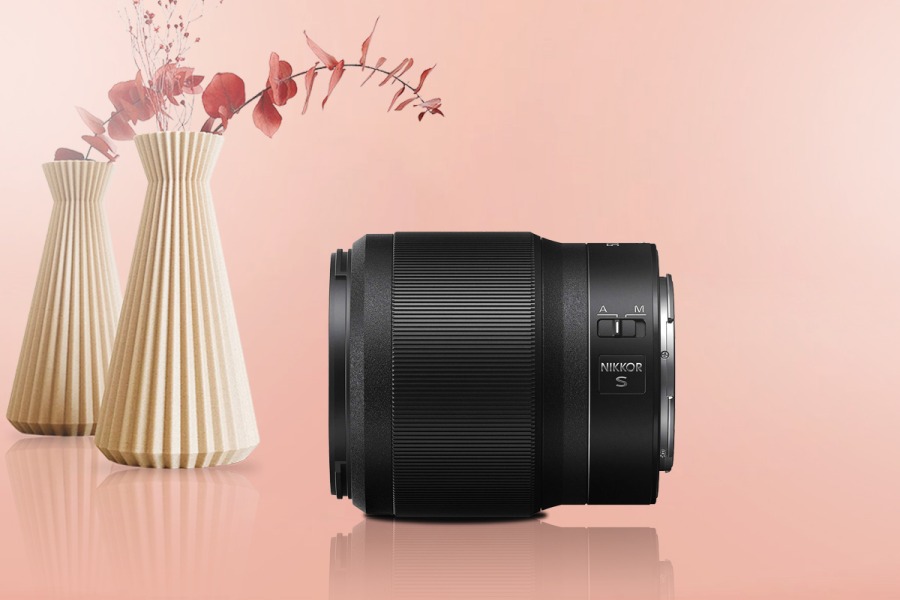
What I Like
- Extremely sharp
- No distortion
- Dust and splash protection
What I Don’t Like
- Sensitive control ring
If you own a Nikon Z6 and like fast lenses, your search is over; you’ve just found your “friend.”
I’d even go so far as to state that this is Nikon’s quickest 50mm offering in this price bracket.
Furthermore, this is a fantastic standard-length lens that is not just fast in terms of exposure but also in terms of focusing, ensuring that no action is lost.
The bokeh is fantastic while the camera’s anti-vibration feature, when combined with a high ISO and a somewhat slow shutter speed, allows for hand-held shots even in low light that would otherwise be impossible to capture.
This sharp lens is really well built and on the heavy side, but nothing offensive. You won’t have to lift heavyweights. It’s quite well-made and weighty, but nothing offensive. There’s also weather-sealing for those unexpected downpours, and the autofocus is extremely quiet, making animal photography much easier.
If you own a Nikon and are seeking a 50mm focal range, look no further since this “fella” pretty much fulfills all of the requirements to deliver superb image quality. Definitely the best 50mm lens for nikon cameras.
Key Specifications
- Lens Type: Standard
- Lens Mount: Nikon Z
- Focal length: 50
- Elements: 12
- Groups: 9
- Angle of view: 47°
- Diaphragm Blades: 9
- Minimum focus distance: 1.31′ / 40 cm
- Maximum magnification ratio: 0.15x
- Maximum aperture: f/1.8
- Minimum aperture: f/16
- Filter size: 62mm
- Dimensions: 2.99 x 3.41 inches / 76 x 86.5 mm
- Weight: 14.64 oz / 415 g
Why should you buy it?
This camera is weather-sealed for those unexpected downpours, and the autofocus is extremely quiet.
Sample Pictures of Nikon Nikkor Z 50mm f/1.8 S
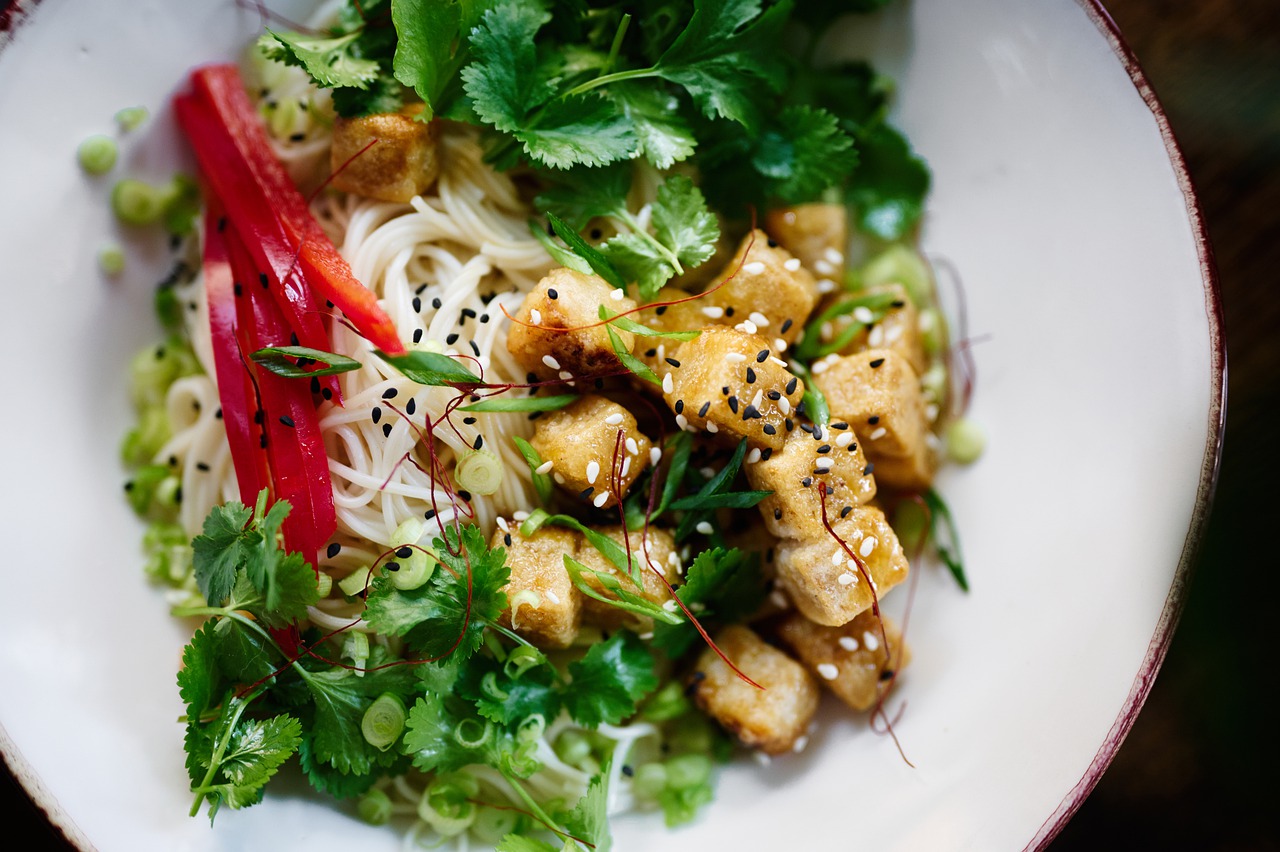

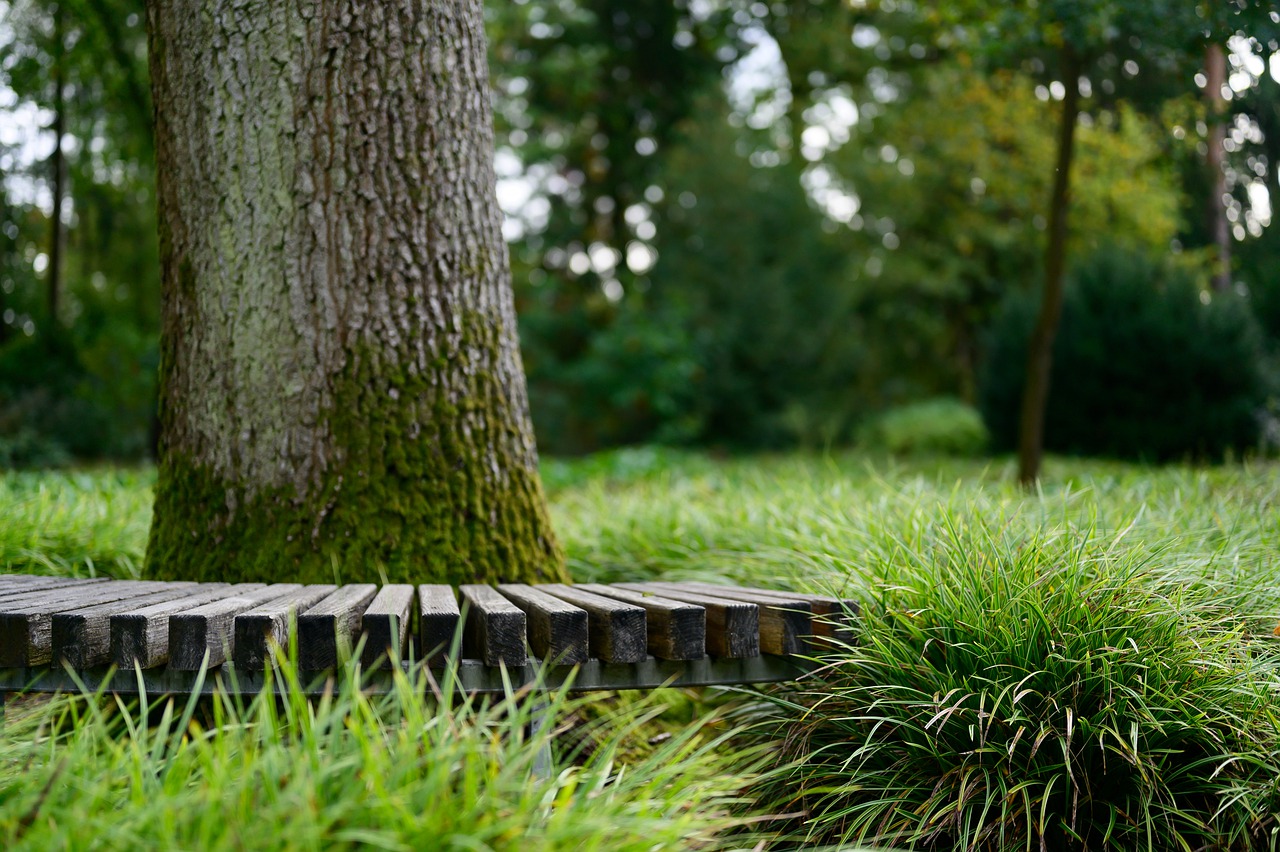
2 Important Things You Need To Consider When Buying a Lens

Focal Length
The focal length of a lens is the distance between the lens and the image sensor when the subject is in focus, which is commonly described in millimeters; Take, for example, the 50mm lens, which is the lens type we’re using in this scenario.
A lens’ focal length is either fixed or has a variety of ranges to choose from.
If the lens has a single focal length, it’s a prime lens, which limits our freedom but provides a far better image quality than its counterparts.
The type of lens that has a couple of focal ranges is referred to as a zoom lens; the latter offers more versatility but it is not as sharp as the prime one.
Aperture
The amount of light that passes through the camera sensor is controlled by the aperture of the lens.
You may reduce the amount of light by decreasing the aperture, and conversely, you can increase the amount of light by widening the aperture of your lens.
It’s measured in f/stops and you can easily spot it in the lens name, as you can do with focal length.
Considerations to Take Before Choosing a Lens of 50mm – Buying Guide
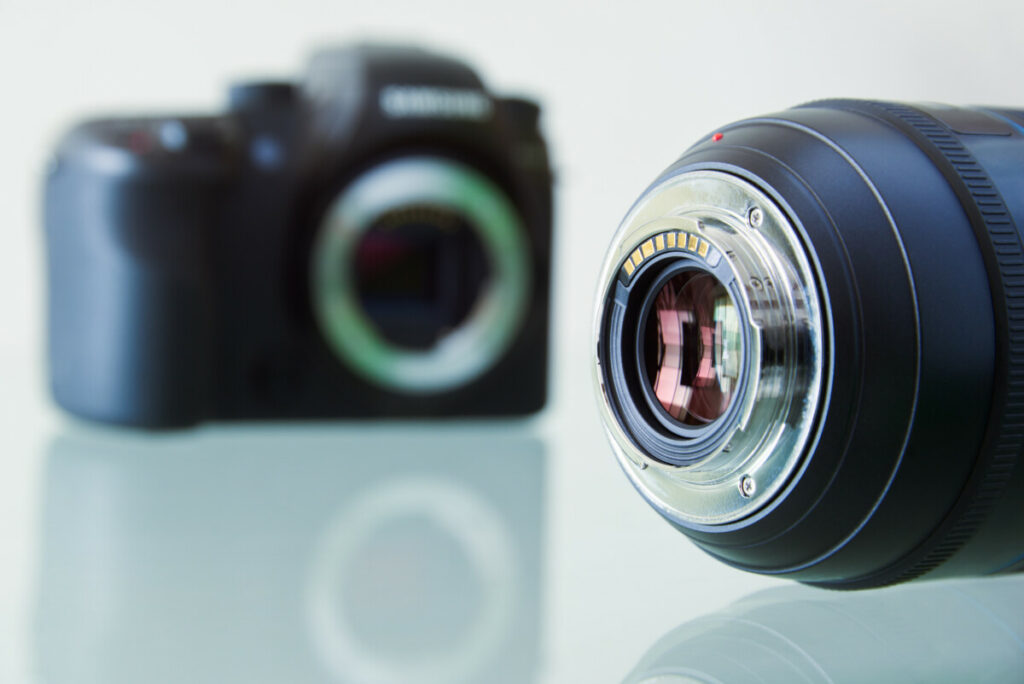
Besides the focal length and the aperture, there are a few other things that you may wanrt to consider before you purchase a 50mm lens.
Build Quality
You should check to see if the lens is well-made and capable of withstanding various weather conditions or other challenging locations, and you should expect a lens with solid construction to last for many years.
Autofocus
If you want to capture moving objects in your photos, you’ll need a lens with quick and precise autofocus as this will enable you to take the ideal picture.
Image Quality
Pictures taken with the lens should be crisp, clear, and colorful. Additionally, it should minimize distortion and chromatic aberration.
Brand
Consider the lens’s brand as well as the accessibility of assistance and accessories. Some manufacturers have a better reputation for producing high-quality lenses, and it’s important to know if you can get service or replacement parts without much difficulty.
Price
The price of the lens is a significant conssideration and you should always evaluate the cost in relation to those of similar lenses to determine whether the purchase is worthwhile.
What you intend to use the 50mm lens for and your budgetary constraints will ultimately determine which 50mm lens is perfect for you. Before making a decision, it’s a good idea to read reviews and physically inspect the lens. You may thus be certain that you are purchasing the ideal lens for your requirements.
What Makes the 50mm a.k.a the Nifty-Fifty a Great Lens

There are a few reasons why the 50mm is favored among many photographers.
- Great Low-Light Performer: Most of the lenses listed above have an aperture of 1.8, which is common for a 50mm lens. As previously stated, the f stop of 1.8 provides sufficient light, allowing you to shoot at quicker shutter speeds in low light.
- Great at Capturing Fast Moving Subjects: Once again, the fast aperture of 1.8 or sometimes even faster at 1.4, allows you to capture subjects that are on the move, quickly and without blur.
- Great With Bokeh Effect: The pleasing blurriness of the background in a picture is referred to as bokeh. At 50mm, you can get beautiful and aesthetic hazy backgrounds for a great artistic impact.
- Great With Portrait Photography: Portraits are one area where I enjoy using the 50mm lens, as I indicated above It’s the closest mm we can come to the “focal range” of the human eye. The 50mm lenses are ideal for full-length and waist-level portraits, be it in a random location or in the studio.
- Great With Street Photography: It’s also a wonderful lens for street photography because of its versatility. In the streets, you usually take photographs of strangers and a glimpse into their everyday lives, a standardized focal range can capture a wide range of angles and lengths.
- Great With Night Photography: This pretty much goes without saying, due to its aperture being a good low-light performer, this lens is ideal for Night Photography. In Night photography the most important thing is the aperture and not the focal length.
Types of Photography that a 50mm Lens is Amazing at
A versatile lens that may be used for many different types of photography is the 50mm lens, sometimes referred to as a “standard lens.” This lens is well-known for its capacity to produce a narrow depth of focus and a natural perspective, both of which can be used to isolate a subject and create a sense of separation from the background.
You can take sharp portraits with beautiful bokeh with a 50mm lens (the out-of-focus area in a photograph). Given that this lens is frequently considered to have a field of view that is “natural” and comparable to human vision, it might be a fantastic option for candid photography, street photography, and other sorts of documentary work.
50mm lenses can also be used to capture clear photographs with a shallow depth of field for still life, landscape, and architectural photography which makes it simple to snap photographs with a lot of information since it enables you to focus on a sizable portion of the environment.
A 50mm lens is a fantastic option for photographers who need a flexible lens that can be used for a variety of photography, in general. It enables the photographer to take beautiful, natural shots that are clear and detailed.
Frequently Asked Questions
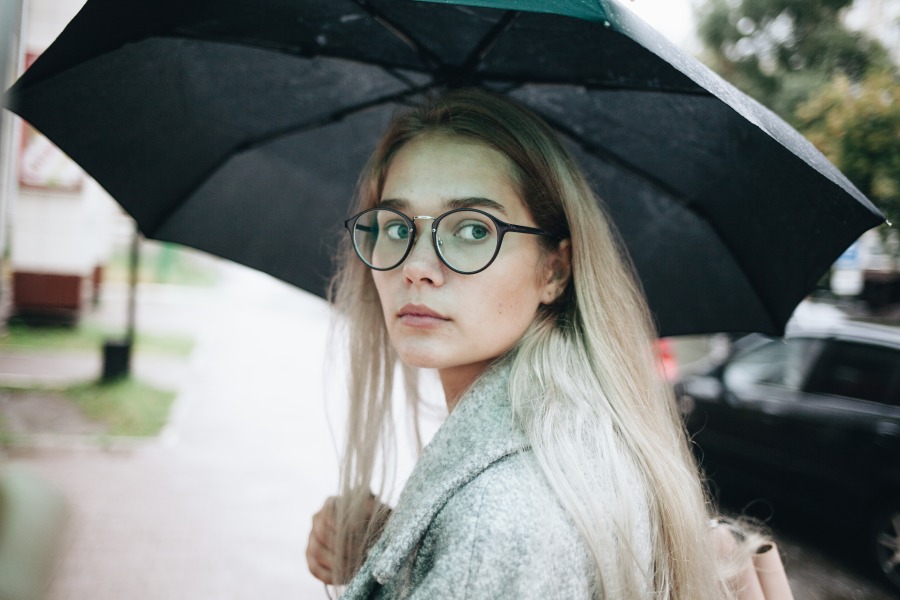
Can I use a 50mm lens that comes from a different brand to my camera?
Prior to buying a lens, I would advise you to look if the lens you plan to use is compatible with your camera. While there are methods of changing the mounting system by using a mounting adapter, I wouldn’t recommend doing it.
Which lens is better 35mm or 50mm?
Both lenses have their advantages and disadvantages. However, 50mm exceeds on some fields like having a better bokeh effect and a shallower depth of field.
Are the 50mm lenses expensive?
This mostly depends on the brand of the lenses. 50mm lenses from known manufacturers tend to cost more than those from third-party brands. But in general, they come at a cost-effective price.
The Use of 50mm Lenses for Beginners
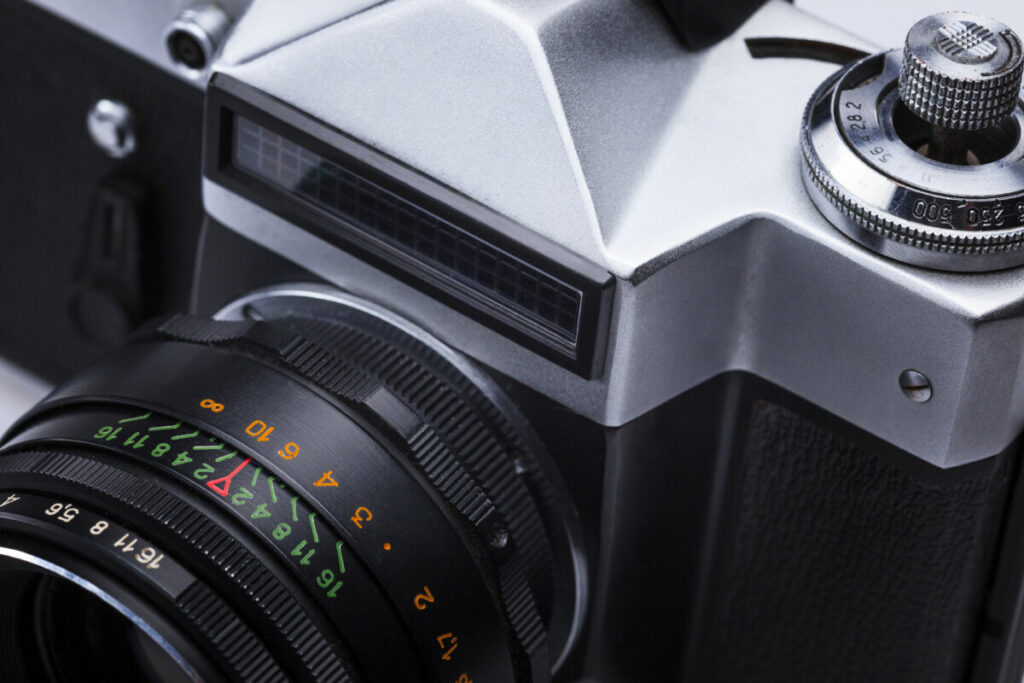
It can be difficult for a beginner to learn how to use a 50mm lens, but it’s actually a great place to start. The 50mm lens, commonly refered to as a “standard” lens, is a useful tool to have in your camera bag because it can be used in a number of settings.
The aperture is the first concept to understand when using a 50mm lens. The aperture is the lens opening that regulates how much light enters the camera. A larger aperture, which lets in more light, is indicated by a smaller aperture number, such as f/1.8 or f/1.4. The background of your photograph is blurred while the subject is in focus when you use a narrow depth of field, which is useful in low-light conditions.
The focal length is a further important factor to take into account. Because a 50mm lens’s focal length is fixed, it cannot be zoomed in or out. To change your framing, you must instead move your camera. It could take some getting acustomed to, but it will encourage you to approach your compositions with more originality.
It’s important to pay attention to your camera’s shutter speed, ISO, and aperture settings when using a 50mm lens. Aperture, ISO, and shutter speed all affect how long the camera’s sensor is exposed to light. Shutter speed also affects how sensitive the camera is to light. If you’re using a 50mm lens, a reasonable starting point for your aperture is about f/8 or f/11, ISO around 100, and a shutter speed equal to the reciprocal of the focal length (so 1/50th of a second).
Experimenting and practicing are two of the finest ways to learn how to use a 50mm lens. Try various settings, compositions, and subjects with your camera and lens. Seek out opportunities to snap pictures in various lighting situations, and play about with the setings for your aperture and ISO to observe how they affect your pictures.
Another excellent approach to learning is by looking at the work of other photographers who use 50mm lenses, analyzing it, and picking up tips and tricks from them.
In conclusion, understanding the aperture and focal length, paying attention to the shutter speed, ISO, and aperture settings, experimenting and practicing, and looking at and studying the work of other photographers are the best ways for a novice to learn how to operate a 50mm lens.
Never forget to enjoy yourself and the learning process.
The Exact Adjustment of a 50mm Lens in Cameras – Main Steps to Follow

It’s critical to always make the greatest lens-to-camera adjustments when holding a lens in your hands. Here are the steps to attach a lens to a camerra if you are new to photography:
- Before attaching the camera and lens together, make sure they are both off.
- Find the matching mount on the camera body, then align perfectly the lens mount on the lens with it.
- When looking at the camera and lens from the front, gently turn the lens clockwise until you hear an audible “click,” indicating that the lens is securely connected to the camera.
- Before taking any pictures, make sure the focus or zoom ring on the lens is in the right position.
- Prior to shooting any pictures, turn on the camera and make any necessary adjustments.
Always be careful when handling the camera and lens, and be aware that the procedure may differ slightly depending on the camera and lens models.
Final Words
If you were thinking about buying a 50mm but weren’t sure, now is the time you get rid of those doubts.
The 50mm lens earned the moniker “nifty fifty” for a reason. It’s one of the most adaptable lenses a photographer can have.
In my opinion, every photographer needs to own a lens of this type. You simply can’t go wrong with it; sooner or later, it will come into use.
Further Reading
If you’ve enjoyed what you’ve read thus far, I strongly encourage you to do some further reading.
It’s fun to do photography during the winter with a 50mm lens, that’s why i also recommend you check out our article on the best gloves for photography.
If you intend to build a collection of prime lenses with varying focal lengths, I have some good news for you. I also covered several other blogs, which feature the focal lengths you’ll need to hone and satisfy your photography skills.
Although the 50mm lens length is decent for portraits, the 85mm focal length outperforms it in this category. So, if you’re a portrait photographer, don’t hesitate to check out some amazing 85mm lenses.
So you shoot landscapes every now and then? Nice one, we all love the beauty of mother nature. For that, I’ve included some excellent 35mm lenses that you should not overlook.
If you’re planning on getting personal and close to wildlife, that’s not a good idea. The same goes with sports, before you know the security will be right behind you. If you plan on practicing wildlife photography during the winter, i recommend you get a pair of winter photography gloves.
Don’t worry though, I have a solution for that, and that’s none other than getting a telephoto lens.
For you sport and wildlife photographers, I have rounded up a list of great 150-600mm lenses.
Until next time, enjoy.

Wedding Photographer
From nature to urban landscapes, my camera is my tool for expressing my creativity and telling stories through my lens.
